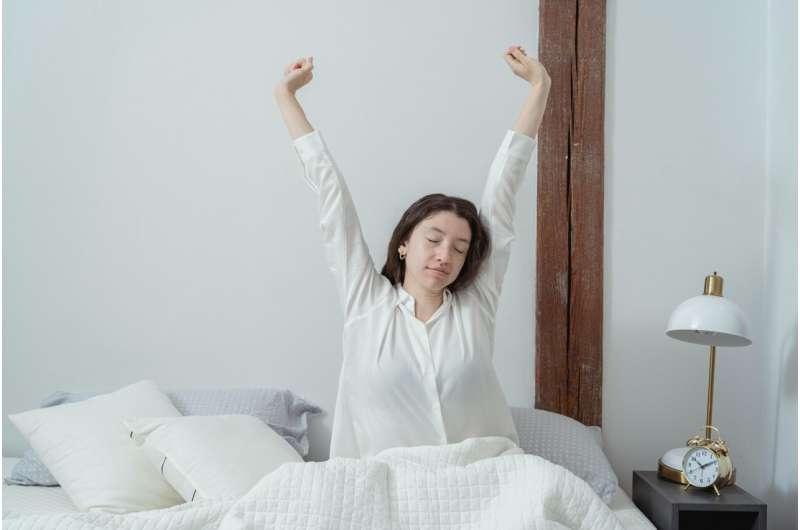New Insights into Brain Activation Waves During Wake-Up Transition

Scientists have identified a specific brain wave pattern that occurs during the transition from sleep to wakefulness, providing new insights into human consciousness and sleep disorders.
Every morning, the human brain goes through a fascinating process as it shifts from sleep to wakefulness. Researchers have uncovered a specific pattern of brain activity that occurs during this transition, revealing a precise sequence of activation that helps us become alert and aware. Using high-density EEG recordings, scientists from the Netherlands Institute for Neuroscience and the University of Lausanne analyzed over 1,000 sleep-wake transitions to understand this process better. Their findings, published in Current Biology, show that brain activity begins in central and frontal regions and gradually spreads toward the back of the brain, mirroring the pathways from subcortical arousal centers to the cortex.
The study distinguishes between awakening patterns from different sleep stages. When waking from non-REM sleep, the brain first exhibits slow, sleep-like waves, then transitions to faster wakefulness signals. Conversely, waking from REM sleep bypasses these slow waves, resulting in an immediate surge of fast, wake-like activity. This indicates that the brain's response to arousal stimuli varies depending on sleep stage, with the non-REM stage involving a bistable process where slow and fast waves alternate, and REM sleep allowing a direct transition to alertness.
Interestingly, the research also links these neural patterns to feelings of sleepiness and alertness. Slow waves present before awakening may influence how sleepy or alert a person feels, with some waves acting as signals for arousal, and others contributing to feelings of sleepiness. Understanding these dynamics is crucial for exploring sleep disorders like insomnia and hyperarousal conditions. The scientists hope that this knowledge can lead to better diagnosis and treatment options, as well as insights into the fundamental processes of human consciousness.
Overall, this research provides a detailed look at the brain's intricate journey from sleep to wakefulness, shedding light on one of the most vital transitions in human life.
Stay Updated with Mia's Feed
Get the latest health & wellness insights delivered straight to your inbox.
Related Articles
Wildfire Smoke Exposure Elevates Risks of Dementia, Asthma, and Other Health Conditions
New studies reveal that wildfire smoke significantly increases the risk of dementia, asthma, and other health issues, emphasizing the importance of air quality management and climate action.
Innovative Spleen-Based Islet Transplantation Enables Long-Term Diabetes Management Without Full Immunosuppression
A groundbreaking spleen remodeling technique supports long-term islet transplantation for diabetes management without full immunosuppression, offering new hope for effective, less invasive therapies.
Preventing Medicine-Related Poisoning in Children: The Risks of Paracetamol and Safe Use
A new report highlights that nearly 100 children in Australia are hospitalized daily due to medication poisoning, with many incidents preventable through proper medication use and safety measures. Learn how to protect children from common medicine-related risks.
New Atlas Sheds Light on How Pesticides Impact Gut Microbiome and Potential Probiotic Strategies
A new comprehensive atlas reveals how pesticides affect gut bacteria and explores probiotic strategies to counteract their health impacts. This research advances understanding of environmental influences on the microbiome and opens pathways for targeted treatments.



